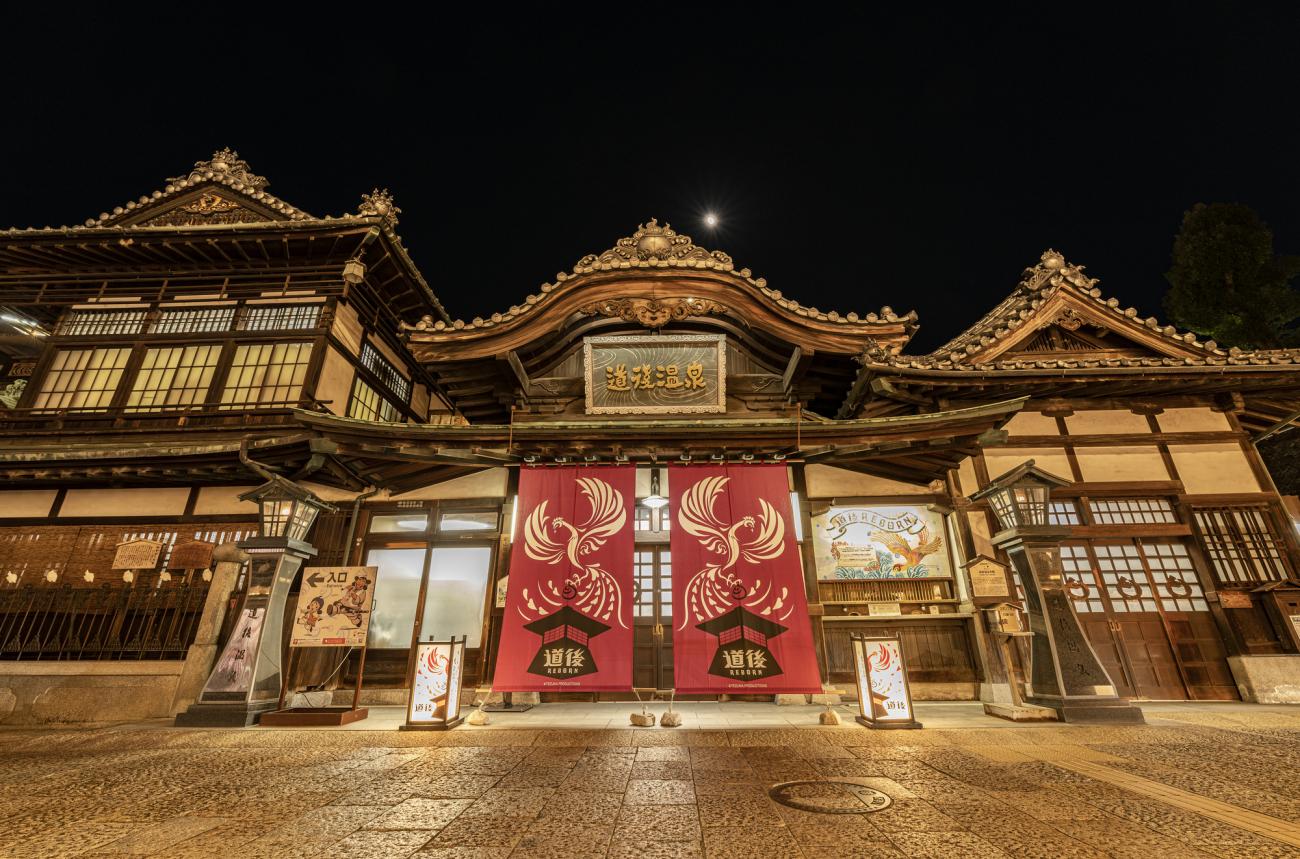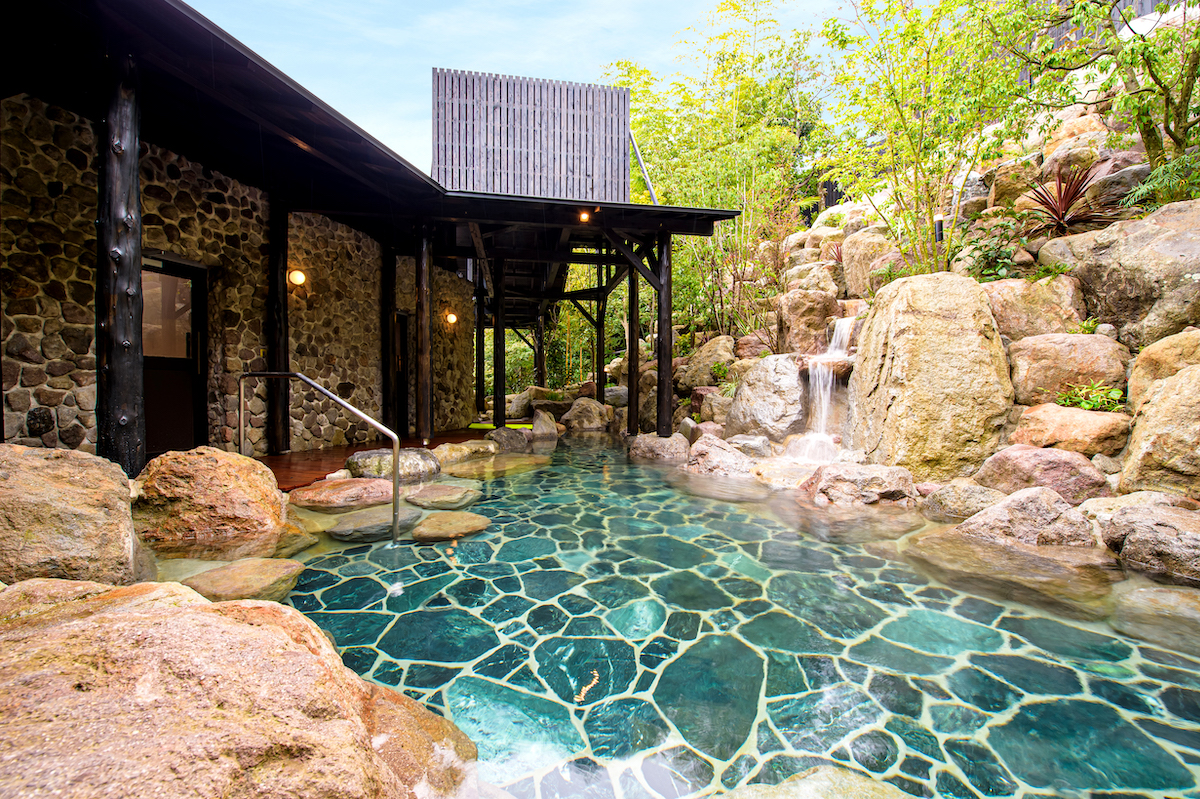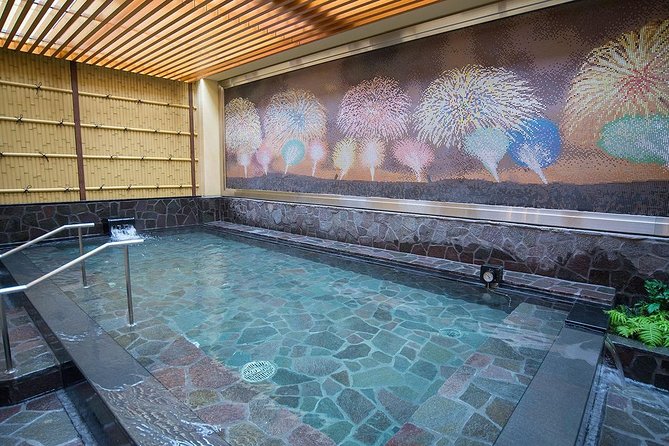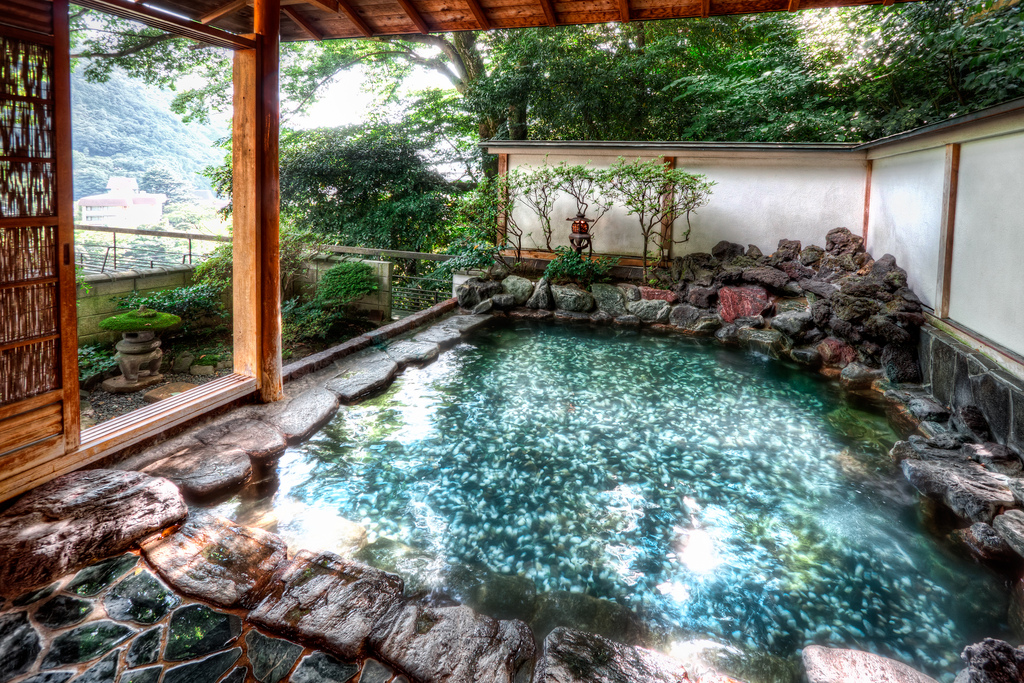Japan’s rich tradition of communal bathing offers a unique window into its culture, emphasizing relaxation, cleanliness, and social harmony. Whether you’re soaking in a natural hot spring (onsen) or visiting a neighborhood public bathhouse (sento), understanding the customs and etiquette is essential for a respectful and enjoyable experience.
It can also be a very challenging experience for some who are not used to these kinds of public bathing customs, so we hope to relieve a bit of that cultural anxiety !
Understanding Onsen and Sento
Onsen (温泉)
An onsen is a bath that uses natural hot spring water, rich in minerals like sulfur and iron, believed to have therapeutic properties. These are often found in scenic areas and traditional inns (ryokan). Notable onsen towns include Kusatsu Onsen in Gunma Prefecture, known for its high-quality water sourced from Mount Kusatsu-Shirane, and Dogo Onsen in Ehime Prefecture, one of Japan’s oldest hot springs with a history spanning over 3,000 years.
In the Kansai region there is also the Kinosaki Onsen town which is located a two hour ride away from Kyoto and is famous for its serene atmosphere and visitors strolling in the town wearing traditional yukata.
Sento (銭湯)
A sento is a public bathhouse that uses heated tap water. Historically, sento served communities where private baths were uncommon. Today, they remain popular for their affordability and community atmosphere. Tokyo, for instance, boasts numerous sento, such as Shimizuyu in Shinagawa-ku, renowned for its unique black water bathing experience.
Today, sento are popular with locals who appreciate the nostalgic atmosphere and the affordable entry fee—usually around ¥500.
The Ritual of Bathing: Cleanliness First
One of the most important things to understand is that Japanese bathhouses are not places to get clean—they’re places to relax once you are clean. That’s why the first step upon entering a bathhouse is to thoroughly wash yourself at the row of showers or washing stations.
These stations usually have stools, handheld showers, soap, and shampoo. Sit down while you wash—standing is considered impolite as it can splash others. Be sure to rinse off all soap and shampoo before entering the bath itself. This emphasis on purity is central to the bathing culture, and any trace of dirt or foam is unwelcome in the shared water.
This process may seem strict, but it also creates a sense of collective respect. The bath is seen almost like a sacred space where everyone is equal, clean, and at peace.
Bathing Etiquette: Essential Do’s and Don’ts
Proper etiquette ensures a pleasant experience for everyone! None of the basic rules are too complicated but it is good to know what to and what not to do in order to avoid any unintentional cultural faux-pas:
✅ Do:
- Wash Thoroughly Before Entering: Always clean your body at the provided shower stations before soaking.
- Tie Up Long Hair: Keep hair out of the water by tying it up.
- Use the Small Towel Appropriately: Bring a small towel for modesty, but do not let it touch the bathwater.
- Stay Hydrated: Drink water before and after bathing to prevent dehydration.
❌Don’t:
- Wear Swimwear: Bathing suits are not permitted; bathing is done nude.
- Bring Electronics: Phones and cameras are prohibited to respect privacy.
- Swim or Splash: The bath is for relaxation, not for swimming or playing.
- Enter While Intoxicated: Avoid bathing under the influence of alcohol.
What to Bring
- Small Towel: For modesty and drying off.
- Large Towel: For drying off after bathing.
- Hair Tie: To keep long hair out of the water.
- Personal Toiletries: While many facilities provide soap and shampoo, bringing your own is advisable.
What About Tattoos?
One of the biggest concerns for foreigners is whether tattoos are allowed. In many traditional bathhouses, especially onsen, tattoos are still associated with yakuza (Japanese organized crime), and some places prohibit them entirely. However, attitudes are slowly changing, especially in tourist areas.
If you have tattoos, it’s a good idea to check the bathhouse’s policy in advance. Some places allow tattoos if they are small and covered with a patch. Others offer private baths or hours specifically for tattooed guests. Sento are often more relaxed about this rule than upscale onsen resorts.
- Tattoo-Friendly Facilities: Some baths now allow tattoos or offer private bathing options.
- Covering Tattoos: Small tattoos can often be covered with a waterproof bandage.
- Private Baths: Consider booking a private onsen if you’re concerned about tattoo restrictions.
Notable Onsen Destinations
Kusatsu Onsen (Gunma Prefecture): Famous for its high-quality water and traditional ambiance.

Dogo Onsen (Ehime Prefecture): One of Japan’s oldest hot springs, inspiring Studio Ghibli’s “Spirited Away.”

Hyotan Onsen (Oita Prefecture): The only onsen facility in Japan awarded three Michelin Stars.

Urban Sento Experiences
For those in cities, sento offer a local bathing experience:
Shimizuyu (Tokyo): Known for its unique black water baths.

Thermae-Yu (Tokyo): A 24-hour onsen in Shinjuku with various baths and beauty treatments.

Embracing the Experience
Engaging in Japan’s public bath culture is more than just a cleansing ritual; it’s an opportunity to immerse oneself in a tradition that fosters relaxation and community. By understanding and respecting the customs, visitors can fully appreciate this quintessential aspect of Japanese life.

